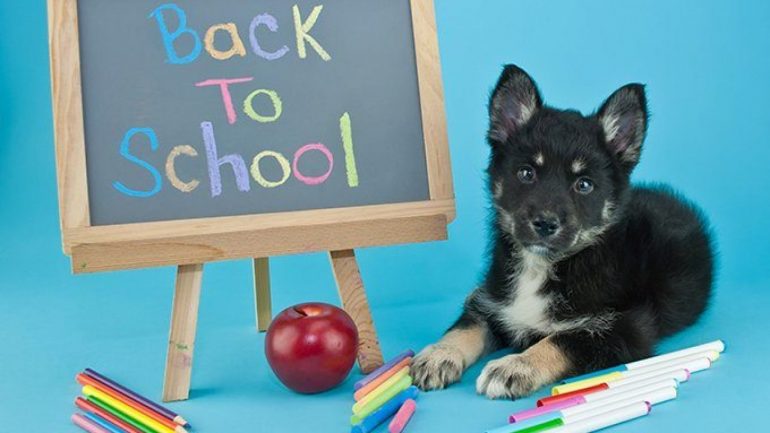The pandemic crises and stay-at-home orders may have been stressful for the rest of the world, but for your pet, it’s the best thing that could have happened to them. Their family is home all day, and they get to have you around, which is awesome.
But, now that you have to go back to work, you’ll need to train the little guy to adapt to being alone at home — similar to when you first adopted them. Do keep in mind that your furry friend will not remember the time before the lockdown, and being home alone suddenly could lead to separation anxiety, boredom, and stress.
Ease Your Pets Gradually Into the Absences
Introduce a new routine gradually by staying away for short periods of 10 to 15 minutes at a time. Don’t make a big deal of your departure and arrival, so your pal will learn to accept the absences as usual. Your objective is to reassure them that if you do leave, you’ll always be back. You could also get family members to take turns going out unobtrusively until a time when your best bud is alone. Extend the absences to longer periods giving your pet time to adapt and learn.
Set Up a New Routine by Making Changes Slowly
Now that the family will be out for work and school, the household routine will change. Pets like to know what’s coming next, and that makes them feel secure. Instead of sudden changes, introduce new walk and play timings like in the mornings before you go to work and in the evenings, right after returning home. You may also need to make changes in their mealtimes, so you can take them outside after they finish eating.
Phase out the impromptu treats and tidbits while giving the little buddy time to get used to it. Regardless of how tired you are, do schedule playtimes with your best pal. Toss a ball around or have a cuddling and belly rubbing session to make your pet feel loved.
Recognize the Signs of Separation Anxiety
Pets display different signs that indicate they’re bored, anxious, and/or insecure. Don’t be surprised at any unusual behavior like aggressiveness, chewing up objects around the house, furniture, blinds, and door jambs. Some pets also regress on their potty training. And, since they’re incredibly smart, they’ll learn to pick up cues that you’re leaving soon. Like, for instance, your furry pal will identify your work clothes, watch you put on your shoes, pick up keys, and collect your phone, laptop, and other job essentials. Expect to see signs of anxiety like laying at your feet, whining, scratching, panting, pacing, barking, and jumping up.
Deal with Bad Behavior Sensitively
Accepting bad behavior is a definite no-no, but understand why it’s happening and figure out how to get around the problem. Aside from adapting the little guy to long family absences, you’ll make sure they expend all that excess energy. Going for a long walk will tire out your buddy, so they’ll spend time sleeping most of the day when you’re at work. Invest in treat-dispensing toys, puzzles, and unusual objects to keep your pet occupied and busy so they’re not inclined to destroy the house. Mental stimulation is essential, especially when you have just one cat or dog.
Build a Den or Secure Nook for Spending the Day
Confining your pet to a crate or secure nook will keep them safe, so they stay out of trouble. Set up a playpen or child gate to restrict their movements to a specific area. Make sure your best bud has lots of drinking water, treats, and their favorite toys to keep them busy. Experts advise placing pictures of the family, including pet portraits, close by where your pet can see them. Also, place a couple of your old tees in the crate or pen. Your scent will help your small friend feel safe while you’re away.
Having become so used to having you around, your pet may find it difficult to adjust to your new back-to-work and school routine. Take the time to adapt them gently and be sensitive to their needs, and you will have a happy and well-adjusted pet.

